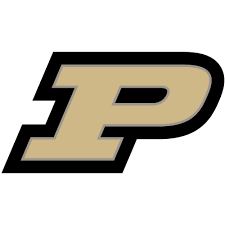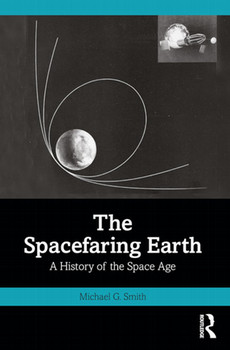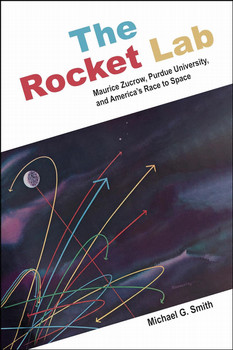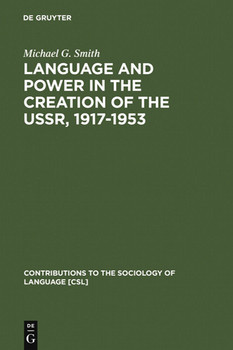
Michael G. Smith
- Professor // History
- Professor // Cornerstone
Office and Contact
Room: BRNG 6170
Office hours: By appointment, before or after class.
Email: mgsmith@purdue.edu
Phone: (765) 494-4132
Fax: (765) 496-1755
Courses
Transformative Texts: Critical Thinking and Communication (SCLA 101)
History of Russia to 1861 (HIST 238)
History of Russia from 1861 (HIST 239)
History of Aviation (HIST 384)
History of the Space Age (HIST 387)
Older Courses
Survey of Global History (105). The Kennedy Assassination in Global Perspective (302). Flight Paths: Aerospace and the Archives (302). History of Russian Popular Entertainment (391). Conspiracy and Conspiracy Theory (395). The Moon Race: America, Russia, and Apollo (395). Boilermakers: The Many Histories of Purdue University (395). Aviation History and Air Power (590). Technology and Innovation in the Cold War (590). Kyivan Rus’ in the Medieval World System (590). Early Modern Russian History (590). Seminar in Modern Russian History (641). Borderlands of the Russian Empire (641). Reading Seminar in Global History (641).
Specialization
Michael Smith teaches Russian History and Aerospace History. He received his Ph.D. from Georgetown University in 1991. Here are his publications:
Books
The Spacefaring Earth: A History of the Space Age (New York and London: Routledge Press, 2025).
The Rocket Lab: Maurice Zucrow, Purdue University, and America’s Race to Space (West Lafayette: Purdue University Press, 2023).
Rockets and Revolution: A Cultural History of Early Spaceflight (Lincoln: University of Nebraska Press, 2014).
Language and Power in the Creation of the USSR, 1917-1953 (Berlin and New York: Mouton de Gruyter Publishers, 1998).
Editions
Editor with Isaiah Gruber and Sandra Pujals, “Russia beyond the Traditional Boundaries: Essays in Honor of David M. Goldfrank,” in Russian History 41/1-2 (2014): double issue with sixteen articles.
Editor with A.I. Zevelev et al., Istoriia natsional’nykh politicheskikh partii Rossii / A History of the National Political Parties of Russia (Moscow: Russian Political Encyclopedia, 1997).
Articles
“Marx, Technocracy and the Corporatist Ethos,” Studies in Soviet Thought 36 (1988): 233-250.
Chapters
“An Empire of Substitutions: The Language Factor in the Russian Revolution,” in The Battle for Ukrainian: A Comparative Perspective, ed. Michael S. Flier and Andrea Graziosi (Cambridge: Harvard University Press, 2017), 143-166. Reprint.
“The Eurasian Imperative in Early Soviet Language Planning: Russian Linguists at the Service of the Nationalities,” in Beyond Sovietology: Essays in History and Politics, ed. Susan G. Solomon (Armonk, New York: M. E. Sharpe, 1993): 159-91.
“Ethnicity and Culture,” in The Soviet Union, ed. Daniel C. Diller (Washington, DC: Congressional Quarterly, 1990): 129-149.
Various
Contributor and Interview, “Rockets,” and “Ask the Experts,” Britannica All New Kids' Encyclopedia, ed. Christopher Lloyd (Chicago: Britannica Books, 2020): 38-39, 48.
“Stalinism and the Genesis of Cosmonautics,” in Russian Science Fiction Literature and Cinema: A Critical Reader, ed. Anindita Banerjee (Boston: Academic Studies Press, 2018): 201-213.
“The People’s Commissariat for Nationality Affairs,” in The Modern Encyclopedia of Russia, Soviet, and Eurasian History, #16, ed. Bruce Adams (Gulf Breeze, Florida: Academic International Press, 2005): 183-187.
“The Archeology of Empire in Baku,” Surviving Together: A Quarterly on Grassroots Cooperation in Eurasia 14/4 (Winter 1996): 47-49.
“Tongue Ties: A Brief Historical Survey of Language Politics in the USSR” and “Finding the Right Words: The Status of the Native Language in Azerbaijan,” Surviving Together: A Quarterly on Grassroots Cooperation in Eurasia 13/1 (Spring 1995): 57-60.
“For Rationalization of Language: The Bolshevik Experience with Esperanto,” in The Idea of a Universal Language, ed. Humphrey Tonkin and Karen Johnson-Weiner (New York: Center for Research of World Language Problems, 1986): 69-76.
Students
Purdue undergraduate students in the Department of History’s aerospace, archival-research seminars, have published their papers in both local and national forums. See, for example:
Matt Meyer, “Happy Landings: The Aviation Career of Purdue’s Ralph Johnson,” Journal of Purdue Undergraduate Research 5/9 (Fall 2015): 64-71.
Amanda Wegener, “Art from the Inside: NASA Mission Insignia and Patches,” Quest: The History of Spaceflight Quarterly 23/4 (2016): 3-17.
Michael Brannigan, “America’s First Cosmonauts: Reflections on the Human Cost of Shuttle-Mir,” Astropolitics: The International Journal of Space Politics & Policy 15/1 (2017): 27-50.
Seven History students published their articles in Flight Paths: Purdue University’s Aerospace Pioneers (2018), an online pop-up magazine of the Purdue Archives and Department of History.
Three Engineering and Science students (Sam Conklin, Alex Crick, and Jaehyeok Kim), published their seminar work as Man + Machine: Research from Purdue's Neil A. Armstrong Papers, in Think (Fall 2019), the magazine of the College of Liberal Arts.
Three History majors (Alexandra Seneczko, Jacob Pranger, and Alek Wisinski) published excerpts of their seminar papers in the compilation, Purdue Students Study Boilermaker Eugene Cernan’s Remarkable Career (31 January 2023).
Purdue History graduate students have also achieved success with aerospace topics:
Caitlin Fendley, “First Contact: Apollo 11 Astronauts as Field Workers and Test Subjects,” Quest: The History of Spaceflight Quarterly 29/2 (2022): 23-38.
John Chamberlin, “Pearl Harbor and Purdue University: Pioneer Aviators Seek What Lies Before,” Air Power History 67/1 (Spring 2020): 27-33.
Max Campbell, “Moonshots and Moonshine: Project Apollo and the Appalachian Regional Commission,” in Brian Odom and Stephen Waring, eds. NASA and the American South (Gainesville: University of Florida Press, 2023), 166-183.
Arslan Jumaniyazov, “Local Aerospaces: Cape Canaveral, Florida, and Baikonur, Kazakhstan,” in Brian Odom and Stephen Waring, eds. NASA and the American South (Gainesville: University of Florida Press, 2023), 138-149.



